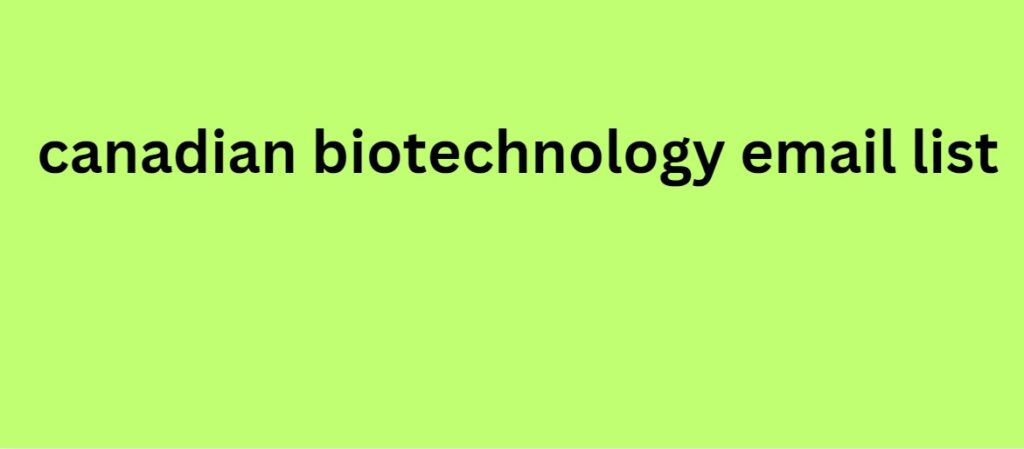When defining the target audience for your strategy to improve the conversion of visits into leads, think about Buyer Personas .
These are personalized, idealized versions of your target customers that go beyond traditional demographics.
Creating buyer personas based on market research, customer canadian biotechnology email list surveys, and other insights is one of the first steps of any inbound marketing effort . But, creating buyer personas isn’t an exact science. You need to take a look at demographics from your website analytics. Platforms like Google Analytics and Facebook provide solid insights into the types of people who visit your site and engage with your ads—age, gender, location, interests, and more. With an eye toward demographics, review the traffic coming to your site and the traffic that generated the highest conversion rates. How well does it align with your buyer personas? If there’s less exposure than you expect, it may be time to refine your buyer personas.

On the other hand, if your existing personas are focused on the 18-35 demographic, but older users convert better, it's definitely worth creating content that drives them to your brand.
On the other hand, the objectives of your strategy to convert visits to leads depend, to a large extent, on your business model.
But before we get into that, let us clarify the difference between macro and micro lenses.
Your macro (or end) goal is the final action you want visitors to take when they visit your site.
It could be a product purchase or subscription, a donation, or signing up for X number of consulting hours per month. Your end goal really depends on your business model and what you need your customers to do. The macro conversion you’ve set up for your website drives another strategic element on the site: the design, the copy, etc. But for a macro conversion to happen, visitors often go through a series of micro conversions. These are the small steps they need to take to understand the value of your offer and gain enough confidence to take action. Typically, micro conversions are accomplished with a series of actions.
Each micro conversion should help visitors make the macro conversion.
If there is anything on the page that is distracting or confusing, it should be removed or reworked.
With that out of the way, let’s look at a few different business models and the conversion goals you might need for each. There are macro and micro conversions here. Your job is to decide which path visitors typically take to get there to improve conversion from visits to leads, and then optimize that path.
[Tweet “The objectives of your visit-to-lead conversion strategy depend, to a large extent, on your business model.”]
Ecommerce
Buys.
Subscription
Review or rating.
Share on social networks.
Lead Generation
Submission of form.
Click.
Share on social networks.
Media / Publications
Subscriptions.
Click.
Comments.
Share on social networks.